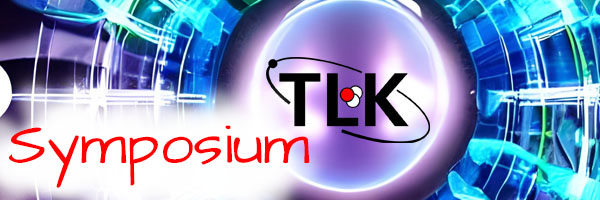Speaker
Description
The focus of the Tritium Laboratory Karlsruhe (TLK) is tritium R&D in support of a wide field of applications like neutrino mass measurement with KATRIN and the Fusion fuel cycle. One key aspect is tritium analytics, a broad and multifaceted field that can be sorted in many different ways. One useful way to group the analytic tools is by the properties of the tritium sample like its state of aggregation, the molecular state (e.g. elemental, water, tritiated carbon hydrogens and so on) or composition (like tritium traces in water or helium, pure hydrogen istopologues and so on). Another grouping is by the gathered information, e.g. total activity, total heat of decay, molecular composition etc. This kind of sorting will always be difficult, because this will open up many side conditions for a proper screening. In this contribution we are sorting by the order of magnitude of tritium density that the analytic tool can handle. Starting from a very high density with IR spectroscopy, that can be used for elemental solid and liquid Tritium like it is used in pellet production for fusion fuelling and isotope separation by cryogenic distillation. Passing several orders of magnitude with techniques like Raman spectroscopy and beta induced X-ray spectroscopy; which are for example used in inline process monitoring of KATRIN. Down to rare traces of tritium measured with scintillation counting like it is required in dual phase xenon time projection chambers in the search of ultra-rare physics.

